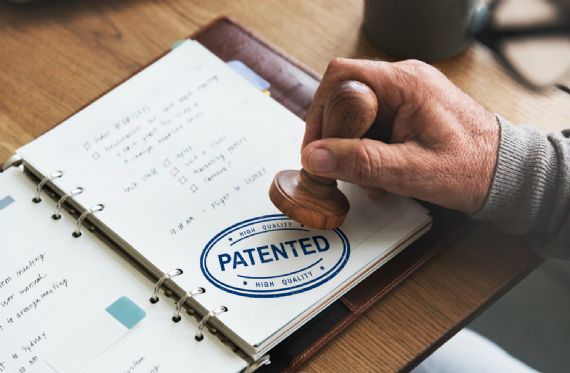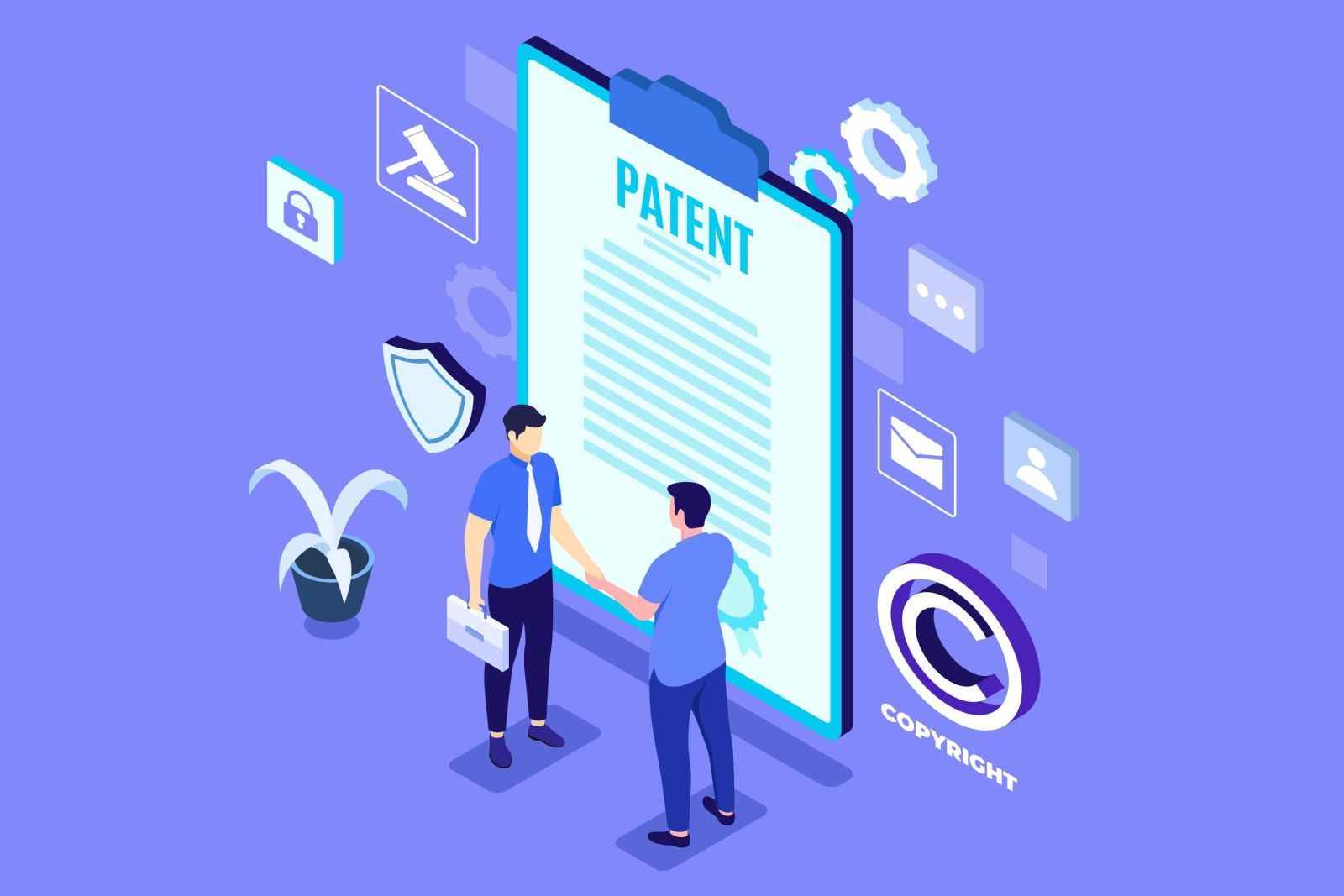Patenting in the United States: Types of Patents

If you are an innovator or have new, non-obvious discoveries to share with the world, you must know the nitty-gritty of patenting. There are three main types of patents that people in the United States can file. They are design patents, plant patents, and utility patents.
Each of these patent types comes with specific eligibility criteria of its own and is designed to protect a particular kind of discovery and invention. However, at times, a particular discovery or invention might be eligible for two or more different patents. The expert you’ll consult for getting a patent in USA will guide you on this. Before you move forward and speak to an expert, know more about the three patent types.
Design Patents for Patenting an Object’s Surface Ornamentation
You must patent your inventions and discoveries to enjoy comprehensive legal protection. The patent law in the United States defines “design” as an object’s surface ornamentation. According to the law, the design of a given object may include its configuration or shape.
If you are looking to get a design patent for a recent invention/discovery of yours, you must ensure that the object’s design is inseparable from it. However, despite the fact that the object is inseparable from its design, the patent would protect only its appearance. To protect the object’s structural or functional features, you’ll need to file for the next patent type i.e., utility patent.
Utility Patents for Patenting an Objects Structural and Functional Features

A utility patent is by far the most common patent type people in the US seek. You can use this patent type to patent compositions of new matters, machines, processes, new manufactured goods that are useful, etc. You are eligible for filing a patent of this type even if you have made new and beneficial improvements to existing compositions of a substance, machines, processes, and manufactured goods.
In this context, the term “processes” refers to methods or acts of doing a job, which is usually technical or industrial in nature. Compositions of matter are mostly chemical compositions of newly invented/discovered substances. These may include a new combination of ingredients or newly identified/invented chemical compounds. Machines are items that people usually refer to as machines (for instance, computers). The term “manufactured goods” refers to goods that have been made or manufactured.
Plant Patents for Patenting Distinctive and New Plants
The US trademark and patent law allow people in the country to obtain patents even for plants that are distinctive and new. However, there are some restrictions. You’ll not get a plant patent for any tuber propagated plants. Examples include Irish potato plants. This patent also doesn’t cover plants that are not available in an uncultivated state. Additionally, this patent will cover only the plants that can be reproduced asexually.
For those who don’t know, the term “asexual reproduction” refers to the reproduction process that involves the use of cutting or grafting techniques. The process doesn’t involve the use of seeds. Plant patents are available only to plants that one can reproduce asexually because it serves as proof that the applicant will be able to reproduce that plant.
About Obtaining Patent Protection

After you determine which patent type will work for you, you should prepare for filing for the patent. The process is not complex but if you want to make things more seamless, look for professional patent services.
To obtain a patent, you’ll need to file an application by visiting the official website of the USPTO or United States Patent & Trademark Office. Depending on your requirements, file a provisional patenting application or a non-provisional one.
You should opt for a provisional application if you need more time to determine the specifics of your discovery or invention. By filing the provisional application, you can rest assured about the fact that the patent will protect your discovery/invention when you’ll be busy working on it. You’ll get a year’s time after filing the provisional application to file your non-provisional application for the same discovery/invention.
Once you file your non-provisional application, the USPTO will start examining your invention/discovery and decide whether it is eligible for getting patent protection.
Final Words
If you have come up with something that is new and would be useful for the world, patenting the invention or discovery is a must. This will also prevent misuse of your innovations.
